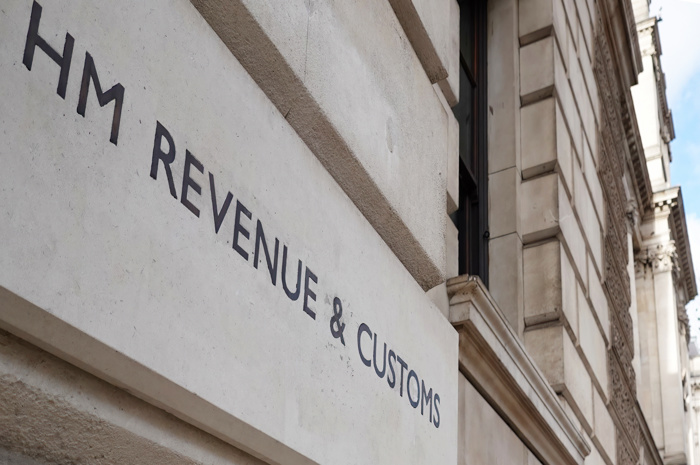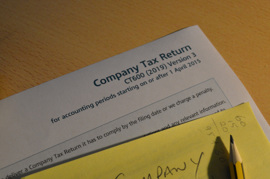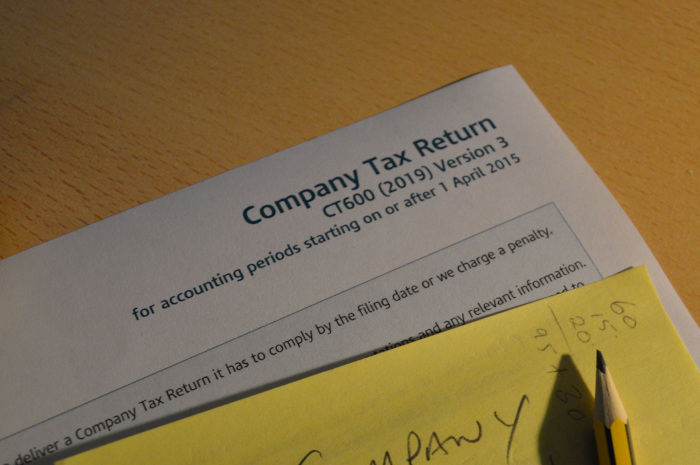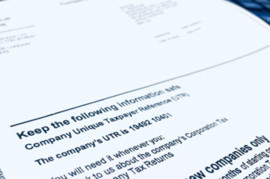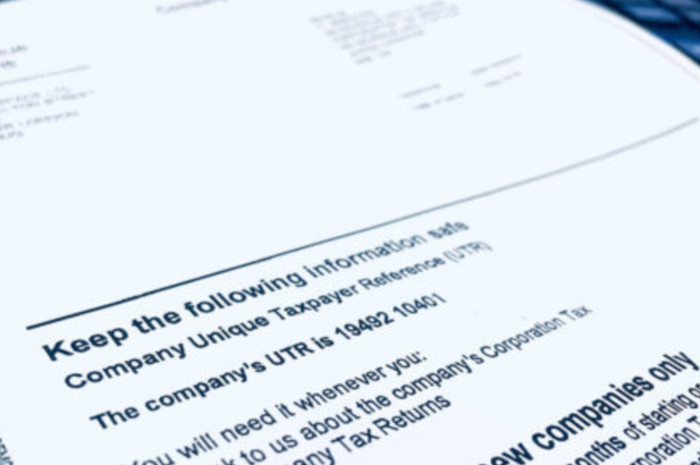What are National Insurance Contributions?
National insurance contributions, also known as NIC’s, are mandatory payments that are made by employers, employees, and self-employed individuals in the UK. They are paid to the government, typically through a PAYE scheme, and help fund specific government benefits, such as the state pension and jobseeker’s allowance. The amount that you pay each month varies depending on your wages or what scheme/class you are on.
Your national insurance is linked to your national insurance number. If you are a resident in the UK, this is automatically issued to you by the government when you turn 16 years old. In some instances, you may not automatically receive your NI number, such as if you are a British citizen but were living abroad at the time you reached the NI age. You will still be issued a number, but you will have to specifically request HMRC to send it to you if you want to access it. This will be done in the form of a letter.
If you newly become a UK citizen, you can still request an NI number if you are living in the UK, you have the right to work in the UK, and you are actively working or looking to work. You simply need to head to UK Gov website and complete the application form to request one.
How much do you pay in contributions?
There are four different classes for national insurance contributions, and the NI rate at which you pay depends on which class you are in, and how much money you earn.
Class 1 NICs:
The first national insurance class is Class 1, which is what employers and employees pay, and it is based on how much the employee earns.
For the 2025 to 2026 tax year, here are the standard Category A rates:
| Salary | NIC Rate |
| Between £0 and £242 per week (or £0 and £1,048 per month) | 0% |
| Between £242 and £967 per week (or £1,048 and £4,189 per month) | 8% |
| Over £967 per week (or £4,189 per month) | 2% |
The rates that you pay will also depend on which category you are in – they vary from A to Z – and you can typically find this on your payslip. You may also pay less if you are a married woman or widow with a valid ‘certificate of election’, or if you are deferring National Insurance contributions because you have more than one job.
Employees will pay a different rate to the employee, but it still depends on how much you earn. For standard category A employees, the employers will contribute the following rates for the tax year 2025/2026.
| Salary | NIC Rate |
| Between £0 and £96 per week (or £0 and £417 per month) | 0% |
| Between £96 and £481 per week (or £417 and £2,083 per month) | 15% |
| Between £481.01 and £967 per week (or £2,083.01 and £4,189 per month) | 15% |
| Over £967 per week (or £4,189 per month) | 15% |
Once again, the rates will vary depending on which category your employee is under.
Class 2 & 4 NICs:
Aside from the Class 1 contributions, there are also Class 2 and 4 contributions - these are paid by people who are self-employed. The class under which you pay also depends on the amount you earn each tax year, just as with employees under Class 1. Class 2 contributions are voluntary national insurance contributions that you can make if you are self-employed, and do not earn enough to pay Class 4 contributions. If you earn between £6,845 and £12,570 a year from your business, then you are not required to pay Class 2 or Class 4 contributions, however, HMRC will treat your Class 2 NIC’s as being paid (even if you have not chosen to pay them) in order to protect your national insurance record. If you earn less than £6,845 a year from your business, your NIC record will not get this same treatment, so if you want to avoid gaps in your National Insurance record, you will need to voluntarily pay your Class 2 NIC’s. For the 2025/2026 tax year, the Class 2 rate is £3.50 a week.
Class 4 NICs are legally required to be paid if you are self-employed and you earn over £12,570 a year from your business. There are two different rates depending on how much you earn and these rates can change each tax year as well. For the 2025/2026 tax year, the rates are as follows:
| Income | NIC Rate |
| Profits between £12,570 and £50,270 per tax year | 6% |
| Profits over £50,270 per tax year | 2% |
You can pay your contributions through your Self-Assessment tax return, which is required each year if you have declared yourself as self-employed to HMRC. For more on the SA100 return, please feel free to read our article ‘How to file the SA100 Self-Assessment return’ on our Knowledge Base.
Class 3 NICs:
There is also a fourth and final national insurance class, which are the Class 3 Voluntary contributions. These are mainly for people who want to clear up any gaps in their national insurance record – but we will go into more detail on that later on.
When do you start and stop paying your contributions?
If you are over 16 years old and are earning over the thresholds, either through your employment or through your own business (if you are self-employed), then you must start paying your national insurance contributions. As mentioned earlier, if you are employed by another business as their employee, they will automatically deduct your contributions for you, through PAYE, which will be reflected in your pay check. However, if you are running your own business, you will still need to pay your Class 2 or 4 contributions, which will have to be done through a self-assessment tax return.
But you might also be thinking, when do I stop paying them? Well, you legally don’t have to pay any national insurance contributions once you reach the State Pension age, which varies depending on which year you were born (Check your state pension age). However, it is important to note that the contributions will stop at the beginning of the next tax year after you reach the state pension age. So, if you reached the age on the 5th July 2025, then you will have to keep paying your contributions until the next tax year begins, on the 6th April 2026.
If you are employed, you need to inform your employer that you have reached your state pension age, so that you don’t accidentally over pay them. If you do overpay your national insurance contributions, you can always claim your NI back through the government website. On the other hand, if you are self-employed, you simply stop recording these payments on your self-assessment tax returns.
What happens if I don't pay any national insurance contributions?
If you are a British citizen, but maybe moved abroad for several years, thus not being an employee in the UK, then you might not have paid any national insurance – causing a gap in your record. If this is the case, you are not legally required to pay NIC’s, however, this means that you may not be eligible to claim some benefits. You can check whether you have any gaps in your national insurance record, which could affect your eligibility, through your gateway account.
There are other reasons why you might have a gap in your national insurance record – this could be if you were employed but had low earnings, unemployed and were not claiming benefits, getting national insurance credits for less than a full tax year, or were self-employed but did not pay contributions due to small profits. In this situation, you can fill in the gaps by paying voluntary national insurance contributions, which are known as Class 3 NIC’s. If you are paying voluntary contributions for the previous two tax years (22/23 or 23/24), then you will be paying the original rates, however, for all other years, you are paying the current of £17.75 per week. The actual amount you pay each month will depend on whether there are 4 or 5 weeks that fall within the month. For example, for May 2025, you would have paid £88.75, but for June 2025, you would have paid £71.
It is worth noting that even if you want to pay the voluntary contributions, you may not always be able to. You cannot pay them if don’t have any gaps in your record (unless you are getting class 3 credits and are eligible to pay Class 2 contributions), are a married woman or widow who is paying a reduced national insurance rate, or the deadline for paying the contributions for that period has passed.
In some instances, you may not have paid your contributions when you should have, which can also create gaps in your record. In this situation, HMRC may impose late payment penalties on you. These penalties will be a percentage of the amount due, which you must pay on top of the original amount. They vary depending on how many defaulted payments you have made in a year, and how overdue they are.
| Number of Defaults in Tax Year | Penalty Percentage Applied to Amount Due |
| 1 to 3 | 1% |
| 4 to 6 | 2% |
| 7 to 9 | 3% |
| 10 or more | 4% |
If you do not pay the penalty within 30 days of receiving the notice, then not only will there be additional fines incurred, but interest will also be charged on the amount due. The interest rates are set according to HMRC’s standard interest rates.
After 30 days, if the penalty still has not been paid, then you will be charged an additional 5% penalty if it is not paid after another 6 months of that, and another 5% after 12 months of the date.
How to report National Insurance Contributions:
If you are an employer, then you need to include any national insurance contributions that you make as an expense for the company. These are reflected in the income statement, under staff costs.
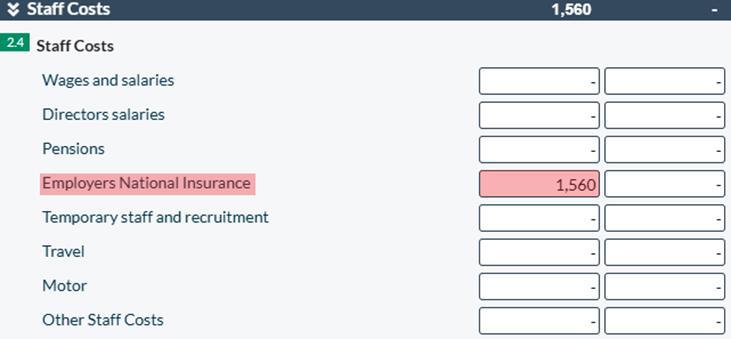
In the corporation tax return, these contributions are just reflected within your overall operating expenses figure in box E1. However, these are also important if you are making a Research and Development claim, as the amount of PAYE and NICs that you paid in that tax year can affect the amount of credit you can claim. For more information on this, please check out our article ‘How to File an R&D Claim’ on our knowledge base.
After reading this, you should have a much better understanding of what national insurance contributions, who needs to pay them, and how much you pay! For more on other contributions you make as an employee, feel free to head over to our article ‘An Overview on Pension Schemes’ as well!
